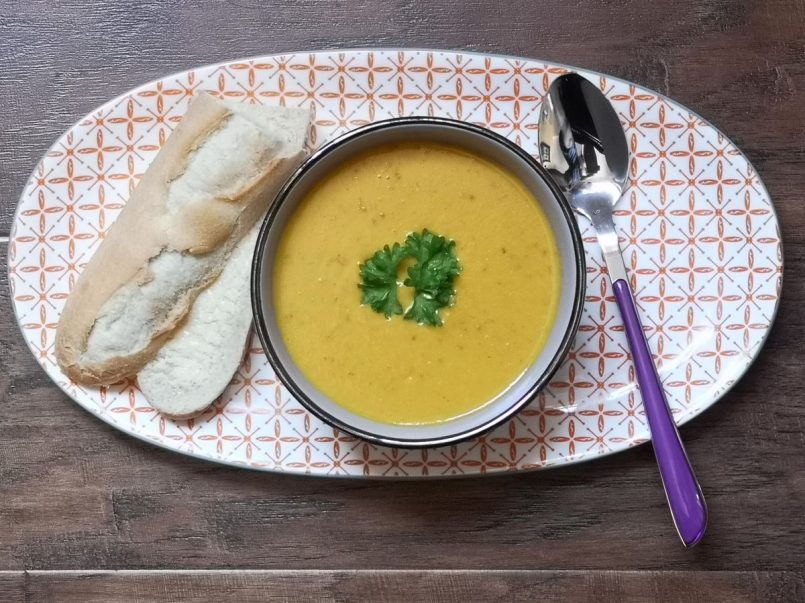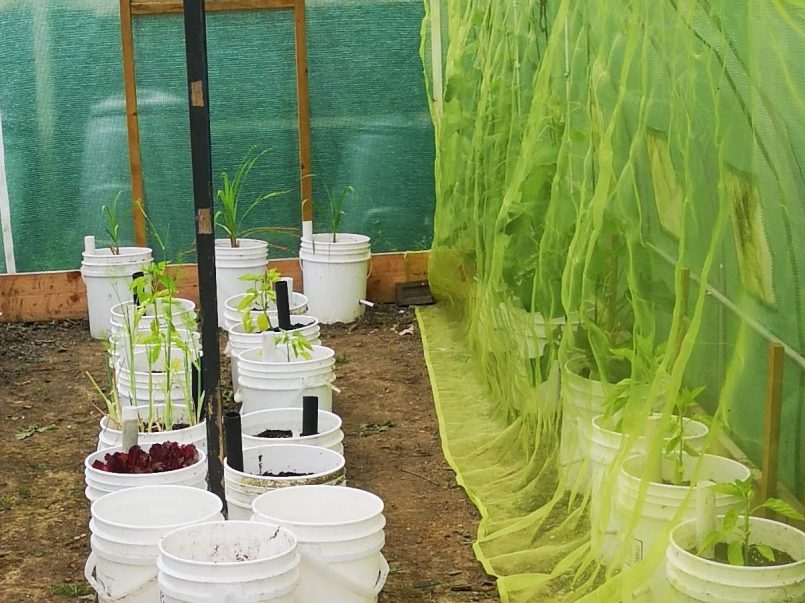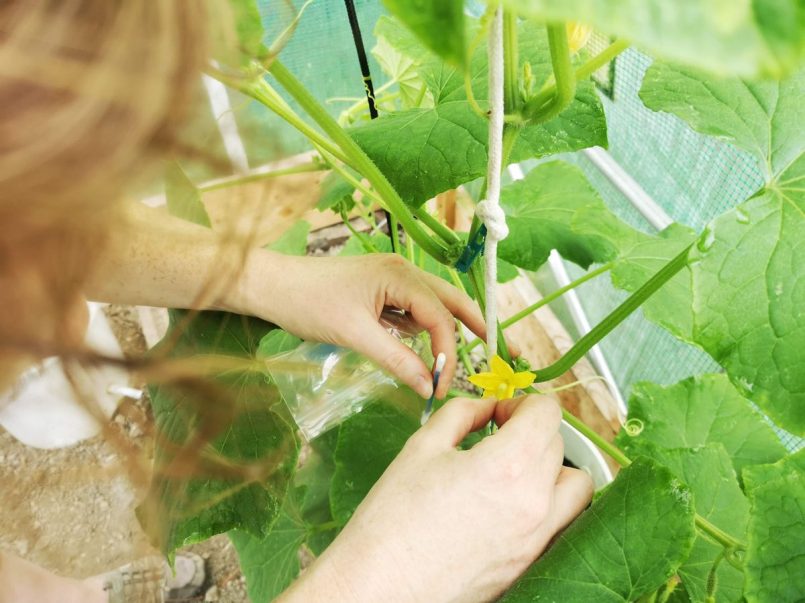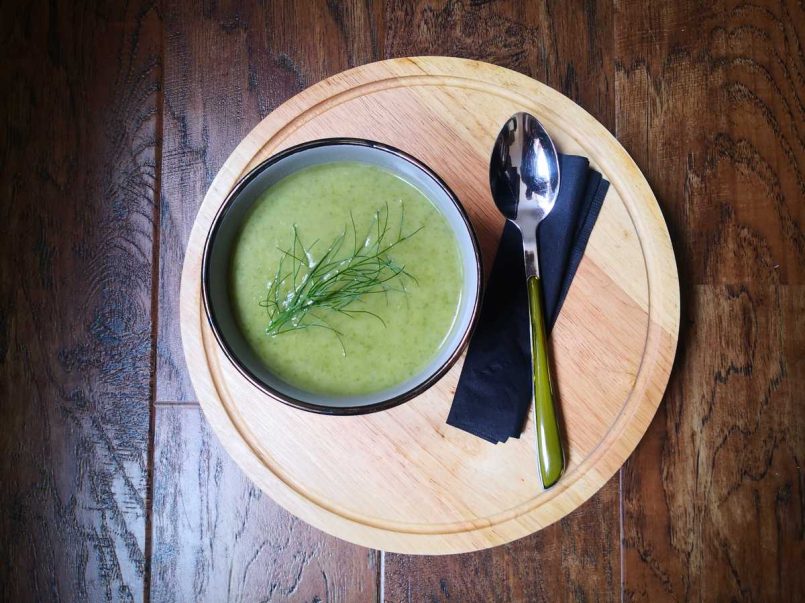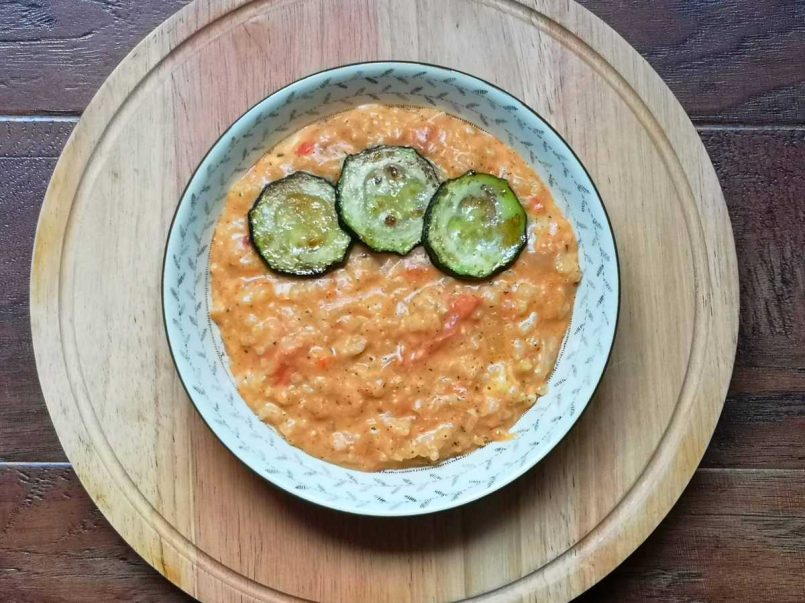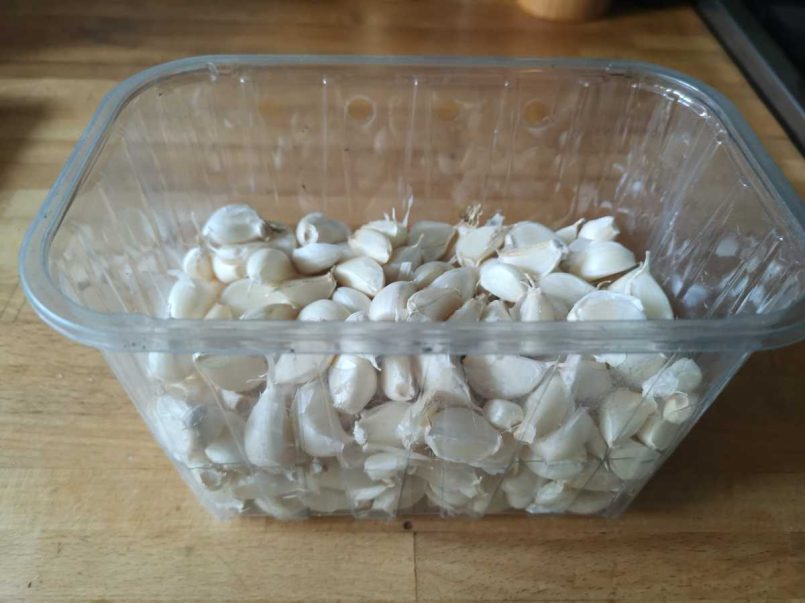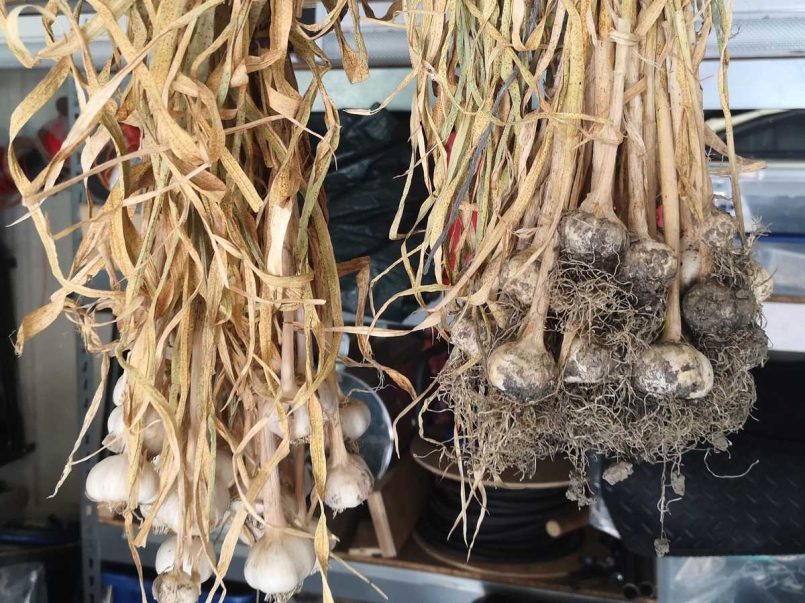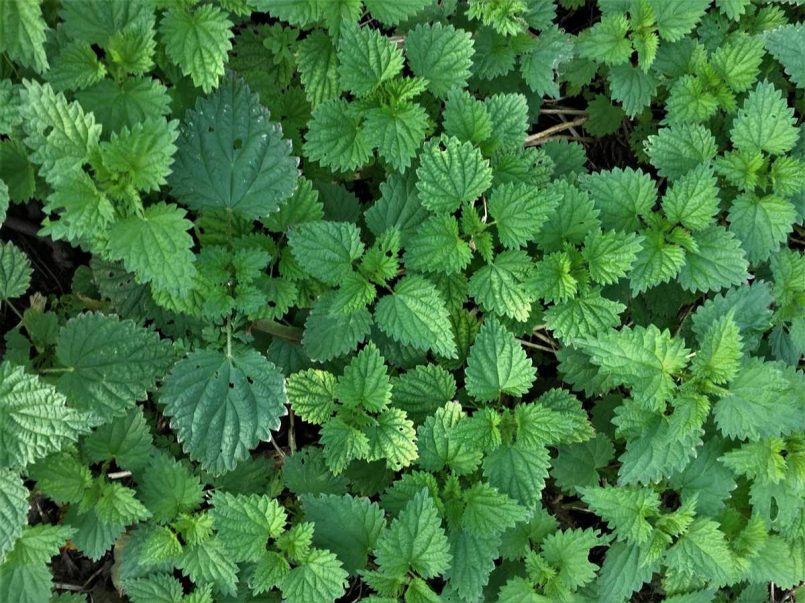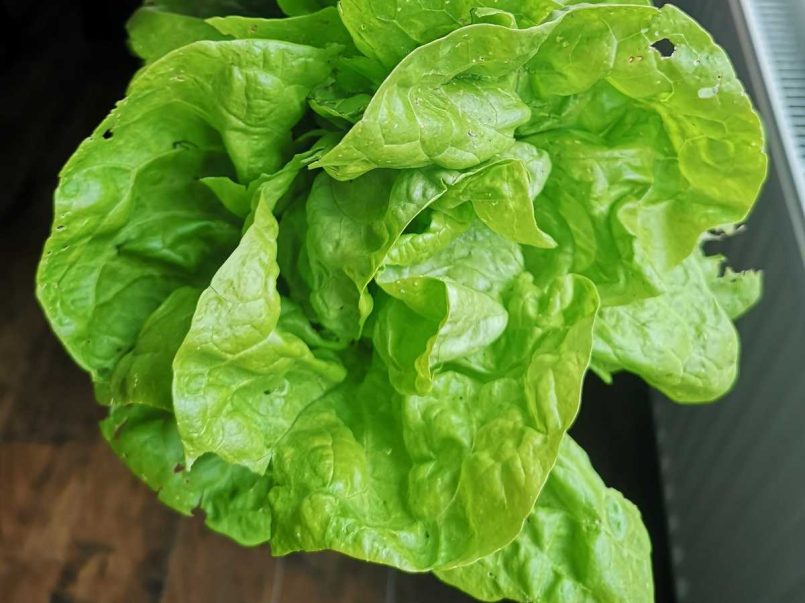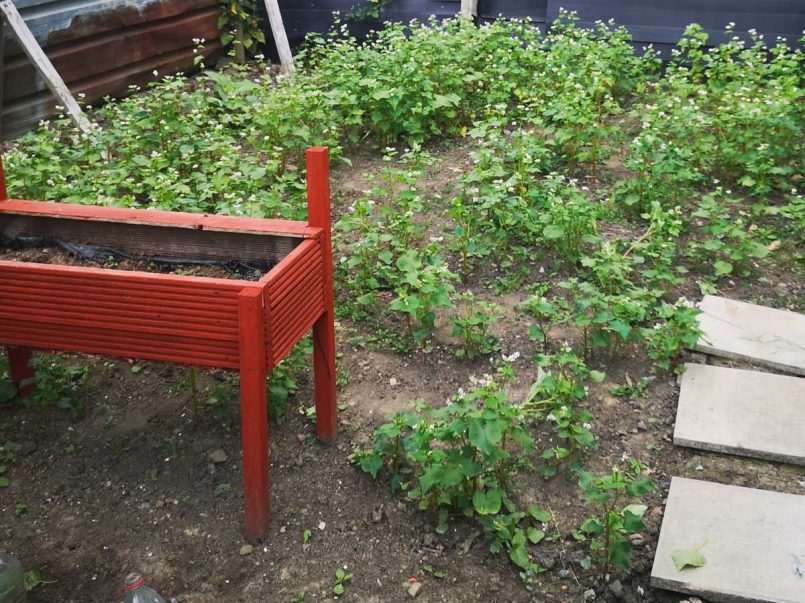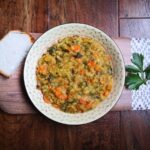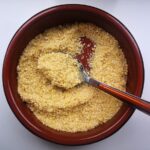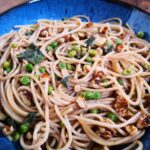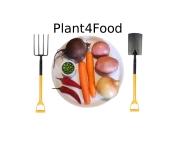Make this spiced carrot, lentil and coconut soup recipe where the only fresh ingredient needed is carrot, and these can be old and tired carrots. The lentils thicken this warming, spicy soup.
Blog
Saving seeds from your homegrown vegetables is fun, and worthwhile if you plan to grow them again. It’s cheaper than buying the seeds every year and, if you save seeds from your most successful plants, then their seeds should be more suited to your soil and climate conditions. When dried and stored correctly, saved homegrown seeds can last for years, but it’s not something to be left to chance. You want to save seeds that are healthy, strong and ‘true to type’. This means saving seeds from vegetables whose parent plants are of the same variety. Wind and insects can transport pollen randomly between similar flowers, but their seeds are not worth saving. Read on to discover the basic principles of saving seeds easily and safely.
The easiest way to start saving seeds is from fruiting vegetables grown in the greenhouse or polytunnel. Cucumbers are cross-pollinating plants, which means you need to hand-pollinate a few flowers in order to safely save their seeds. Read on to find out how to save seeds by hand pollination, so that the seeds you save will grow ‘true’ and you get the same healthy cucumbers next year.
Deliciously fresh, this balsamic lettuce soup recipe makes a wonderfully colourful soup that has the fresh taste of the garden. Use any kind of fresh or limp lettuce, or salad leaves. A one-pot dish, the only fresh ingredients needed are lettuce, potatoes and onion.
Make this creamy and easy tomato, cream cheese and basil risotto recipe. A one-pot dish, the only fresh ingredient needed is an onion. Substitute the tin of tomatoes with fresh tomatoes in order to use up a glut.
Learn three ways of how to store garlic for months, depending on how much time you have and how long you want to store it. Useful in so many dishes, it’s definitely worth having a regular supply of healthy garlic.
How many recipes include garlic? Part of the allium family, its cousins are onions, chives and leeks. Garlic can be added to dishes when ground, crushed or sliced. Whole garlic cloves are delicious roasted where their taste sweetens and texture becomes creamy. They are easy to grow and even easier to harvest. There are many methods of storing them, allowing you to continue using garlic for months.
Cursed and vilified, the humble nettle is sadly under-appreciated. Next time you complain about a nettle sting or dig up another unwanted nettle plant in your garden, think about how you can use nettles to your advantage. Nettles are bursting with the nutrients that your other plants need. Full of iron, calcium, magnesium and nitrogen, they are particularly good as a boost for leafy vegetables and herbs, although all plants benefit from these nutrients. Find out how easily you can improve leaf growth using homemade nettle feed.
Lettuce is one of the easiest and quickest crops to grow. It can be grown in pots, even where space is limited. It’s high in vitamins and minerals, as well as being a good hydrator for the body – it’s 95% water. It’s not just for summer either, many types of lettuce can be grown all year round. Find out how to grow lettuce so you can have a constant supply.
Nature always gives us a helping hand. That’s why there are some amazing plants that enrich soil without chemicals, later benefitting your homegrown vegetables and fruit. These nutrient-giving plants are known as green manure. Like manure, they improve soil condition and add nutrients. This means that anything planted in that same soil afterwards will produce bigger and healthier crops. Buckwheat, as a green manure, also attracts beneficial insects and suppresses weeds. Well, what are you waiting for… find out how easily you can incorporate green manure into your soil.
